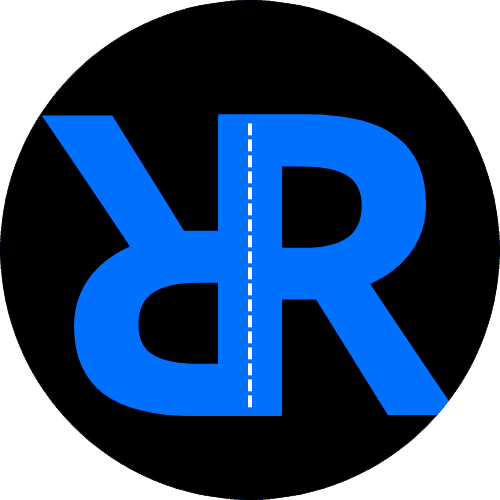SAP Transaction LD11: A Comprehensive Guide for SAP Users
Welcome to our tutorial on SAP transaction LD11, a key transaction code used in SAP Materials Management (MM) module. In this tutorial, we will provide you with a step-by-step guide on how to effectively use LD11 for maintaining delivery types in your SAP system. Whether you are a novice SAP user or an experienced consultant looking for a refresher, this tutorial will equip you with the necessary knowledge to navigate through LD11 seamlessly.
Before we dive into the details, we would like to introduce you to a valuable resource that can enhance your SAP MM skills and help you become an expert in the field. Check out the SAP MM online video training offered by our expert SAP MM consultant, available at roadtoexpert.com. This comprehensive training program will provide you with in-depth knowledge and practical insights to boost your proficiency in SAP MM and accelerate your career growth.
Now, let’s begin our tutorial on using SAP transaction LD11.
What is SAP Transaction LD11?
SAP Transaction LD11 is a transaction code used in SAP MM to maintain delivery types. Delivery types are used to define the characteristics and behavior of deliveries in your SAP system. With LD11, you can create, modify, and display delivery types, allowing you to customize the delivery process to meet your organization’s specific requirements.
Step 1: Accessing SAP Transaction LD11
To start using LD11, follow these steps:
- Log in to your SAP system using your user ID and password.
- Launch the SAP Easy Access Menu.
- Navigate to the “Logistics” folder and expand it.
- Locate and click on the “Sales and Distribution” folder.
- From the sub-menu, select “Master Data”.
- Next, choose “Deliveries” and click on “Deliveries” again to proceed to the LD11 transaction.
Step 2: Understanding LD11 Transaction Screen
Once you have accessed LD11, you will encounter the LD11 transaction screen, which consists of various fields and tabs. Let’s explore each of them:
- Main Data: This section contains the main fields for maintaining delivery types, such as the delivery type code, description, and status.
- Number Ranges: Here, you can define the number range for the delivery type, specifying the range of delivery numbers that can be assigned to deliveries of this type.
- Printing: The printing tab allows you to configure the printing settings for the delivery type, such as the output device and form template to be used.
- Account Assignment: This tab is used to define the account assignment category for the delivery type, which determines how the delivery is accounted for in the financial system.
- Texts: In this tab, you can maintain additional texts and descriptions for the delivery type, providing further information or instructions.
- Screen Sequence: The screen sequence tab allows you to define the sequence of screens and fields that appear when creating or modifying deliveries of this type.
Step 3: Maintaining Delivery Types with LD11
To maintain delivery types using LD11, follow these steps:
- Start by filling in the necessary fields in the “Main Data” section:
- Delivery Type: Enter a unique code to identify the delivery type.
- Description: Provide a meaningful description for the delivery type.
- Status: Set the status of the delivery type, such as “Active” or “Inactive”.
- Move to the “Number Ranges” tab and define the number range for the delivery type by specifying the minimum and maximum delivery numbers.
- Next, configure the printing settings for the delivery type in the “Printing” tab. Select the appropriate output device and form template to be used for printing.
- In the “Account Assignment” tab, define the account assignment category for the delivery type. This determines how the delivery is accounted for in the financial system.
- If desired, add any additional texts or descriptions for the delivery type in the “Texts” tab.
- Finally, define the screen sequence for the delivery type in the “Screen Sequence” tab. Specify the order of screens and fields that appear when creating or modifying deliveries of this type.
- Once you have entered all the necessary information, click on the “Save” button to save the changes and maintain the delivery type.
Congratulations! You have successfully maintained a delivery type using SAP transaction LD11.
Step 4: Exploring Additional Functionality
SAP transaction LD11 offers various additional functionalities to enhance your delivery management processes. Here are some notable features you can leverage:
- Display Delivery Types: Use LD11 to display existing delivery types by entering the delivery type code and other relevant criteria. This allows you to review and retrieve information about specific delivery types.
- Change Delivery Types: LD11 also enables you to modify existing delivery types. You can edit fields such as the description, status, or other relevant details. Simply enter the delivery type code and make the necessary changes.
- Copy Delivery Types: If you need to create a new delivery type based on an existing one, LD11 allows you to copy the settings and configurations of the original delivery type. This saves time and ensures consistency in your delivery type management.
Conclusion
In this tutorial, we have provided you with a comprehensive guide on using SAP transaction LD11 in the SAP MM module. We covered the basics of LD11, explained how to maintain delivery types, and explored additional functionalities. Remember, continuous learning and practice are key to becoming proficient in SAP MM.
To further enhance your skills in SAP MM, we highly recommend our SAP MM online video training, designed by our expert SAP MM consultant. This training program offers comprehensive modules and hands-on exercises to help you become an SAP MM expert. Visit roadtoexpert.com to learn more and take your SAP MM skills to new heights.
